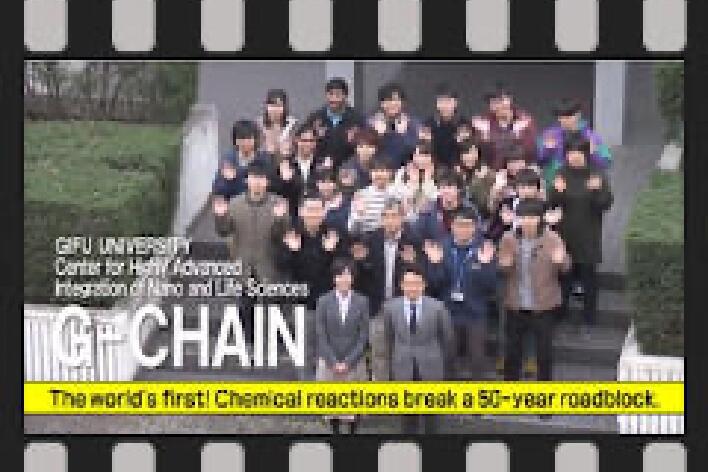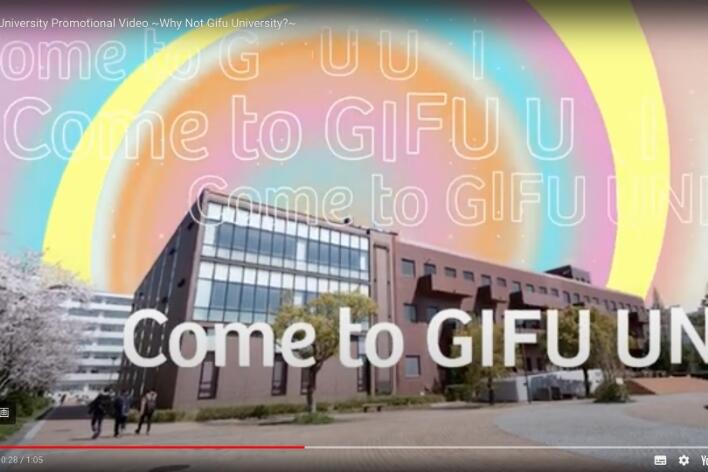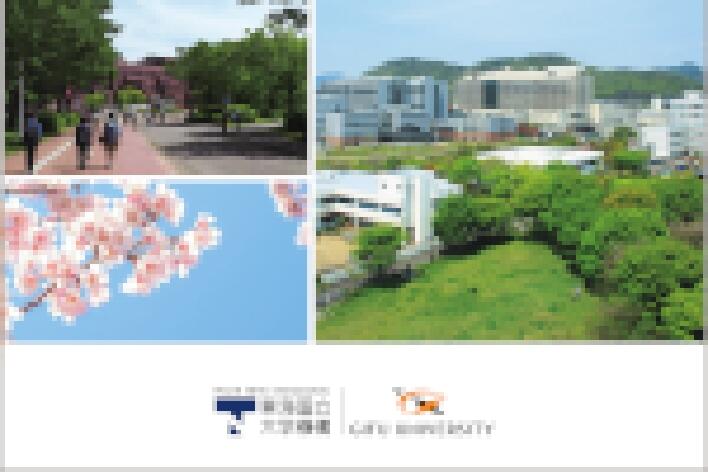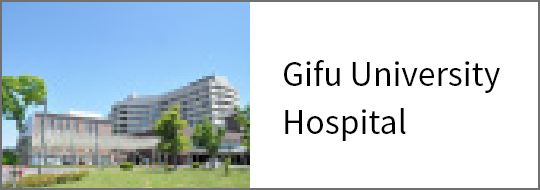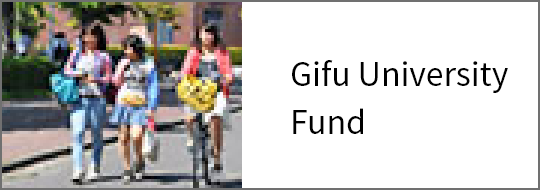[Research Report] Research article of Professor Chisato Nagata (the Graduate School of Medicine) is carried at "Am J Clin Nutr" (The American Journal of Clinical Nutrition: issued on February 1, 2017)
Professor Chisato Nagata (specialty: Epidemiology and Preventive Medicine, the Graduate School of Medicine, Gifu University) and her team released a report confirming that people who regularly eat natto fermented soybeans are less likely to die of cerebral strokes than those who rarely eat natto by 30%. The team's research article was carried at "Am J Clin Nutr" (The American Journal of Clinical Nutrition: issued on February 1, 2017).
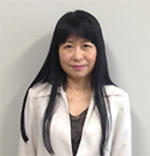
It is often said that enzymes of soybean products such as natto could reduce the risks of human deaths from cerebral strokes, but any such research papers were made public based on the results of actual field work to this date.
Professor Nagata and her team carried out a large scale eating habit survey for about 30,000 men and women living in Takayama City, Gifu Prefecture in 1992, and for the next 16 years, they conducted follow-up surveys for these people and investigated the correlation between people's eating habits and the risks of deaths. After all these years of follow-up surveys, the team obtained substantial data proving that people who regularly eat natto are less likely to die of cerebral strokes than those who rarely eat natto by 30% and the team made their research results public.
Professor Nagata was interviewed about this breakthrough discovery at the Public Relations and Planning Office, Gifu University.
The following are the details of questions and answers:
Q1. Please tell us about the 16-year-long follow-up surveys conducted in Takayama City.
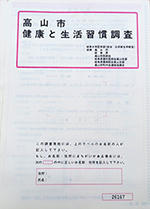
1992
We employed a research method called "prospective cohort study".
Under this method, we tracked down both the groups with specific characteristics, and those without for a certain period time and compared for instance, the ratio of deaths from cerebral strokes among these groups.
By doing so, we analyzed the correlation between such characteristics and the risks of deaths.
We sent out questionnaires to about 30,000 people living in Takayama City in 1992 asking their daily habits in detail.
We continued to carry out follow-up investigations for the next 16 years and checked the connection between their lifestyle behaviors and the risks of deaths (we call it as "Takayama Study").
We obtained a variety of data, but the most notable data was the connection between people's natto intake and the risks of deaths from cerebral strokes.
Q2. Why did you conduct a research in Takayaka City?
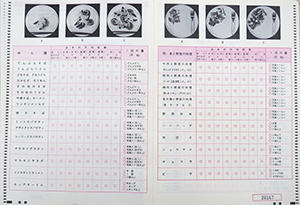
frequency of consuming
(all kinds of food the previous year)
Firstly, in light of our research purposes, we wanted to focus on ordinary citizens who have different lifestyle behaviors instead of any specific group of people.In Takayama City, there is little change in population and even before the 1992 survey, the city was one of the target areas for our "prospective cohort study" work and I myself engaged in the city for some years.
The questionnaires sent to the Takayama residents in 1992 contained a large number of questions and I really appreciate those who volunteered to answer these questions for us.
Q3. Please tell us your motivation and commitment to a long-term research work.
Unlike any scientific experiment intending to disclose mechanisms, "prospective cohort study" work requires scientists to repeat the same, down-to-earth work for decades. Our 16-year-long follow-up survey was not so long for the "prospective cohort study" work, and we successfully concluded our research thanks in large part to everyone that cooperated with us for so many years. In our day-to-day activities, we always bear it in mind that we could make some useful scientific discoveries out of a huge volume of collected data and could give the benefits back to people in the near future.
Q4. Please tell us the prospects of your research and give a message to viewers of Gifu University website.
Our research activity tends to be low-keyed, but the most fascinating aspect of it is to "understand the direct link between people's lifestyle and diseases."
Our team will continue to analyze the data we gathered through the "Takayama Study." Our 16-year-long survey is over, but we will keep on working on this invaluable data compiled through the goodwill of many people in Takayama City.
My team and I will remain committed to contribute to the development of epidemiology for years to come.

